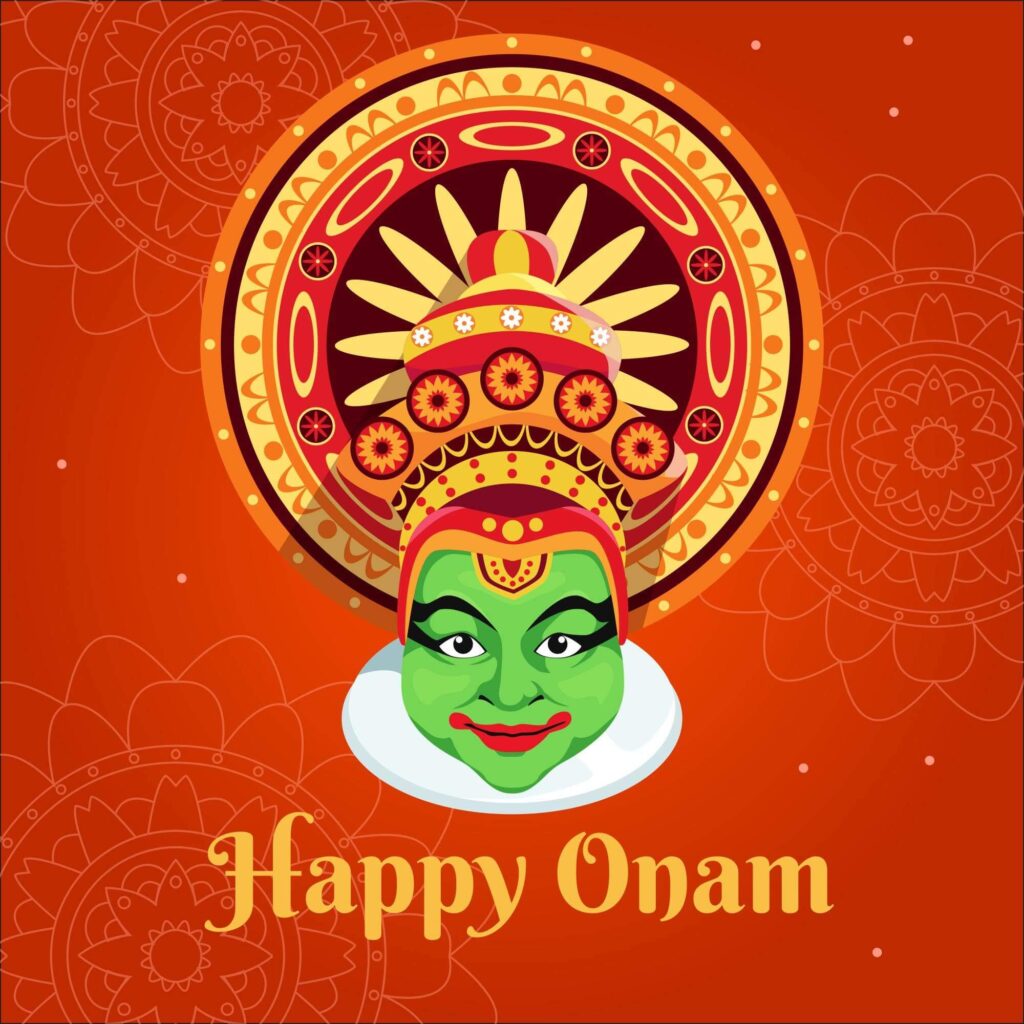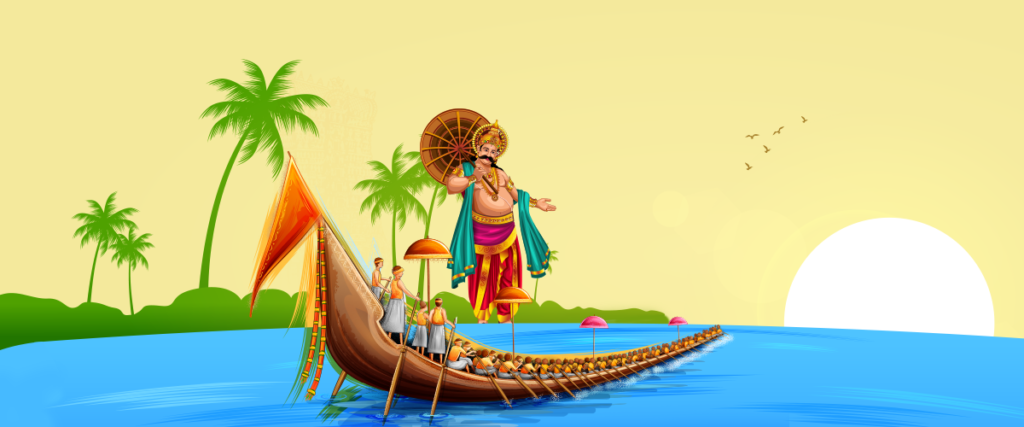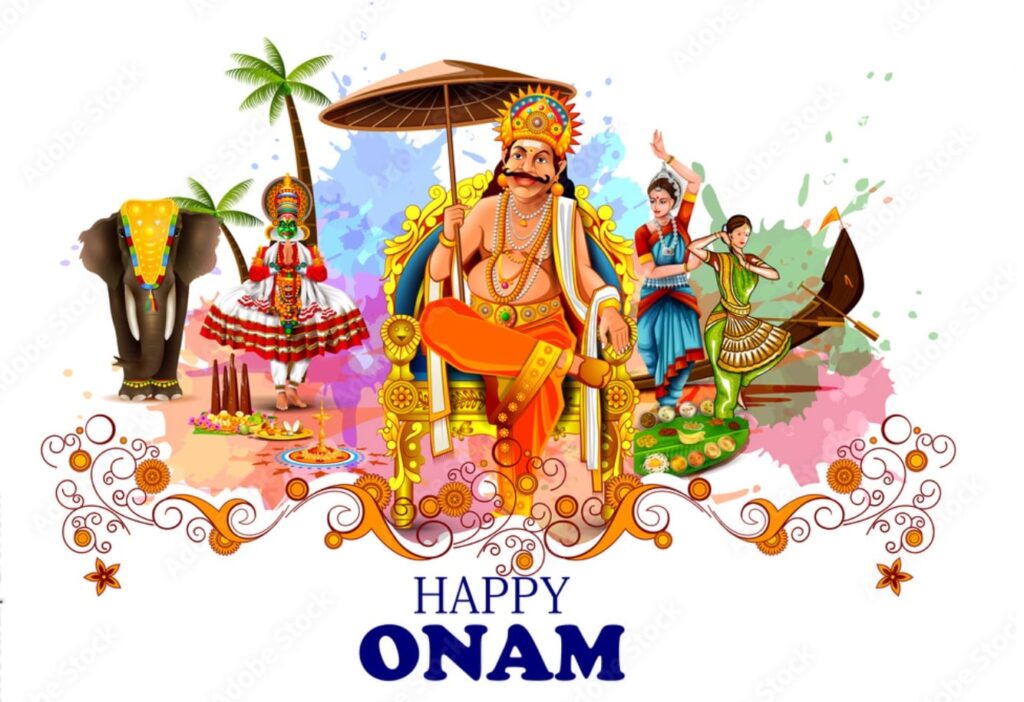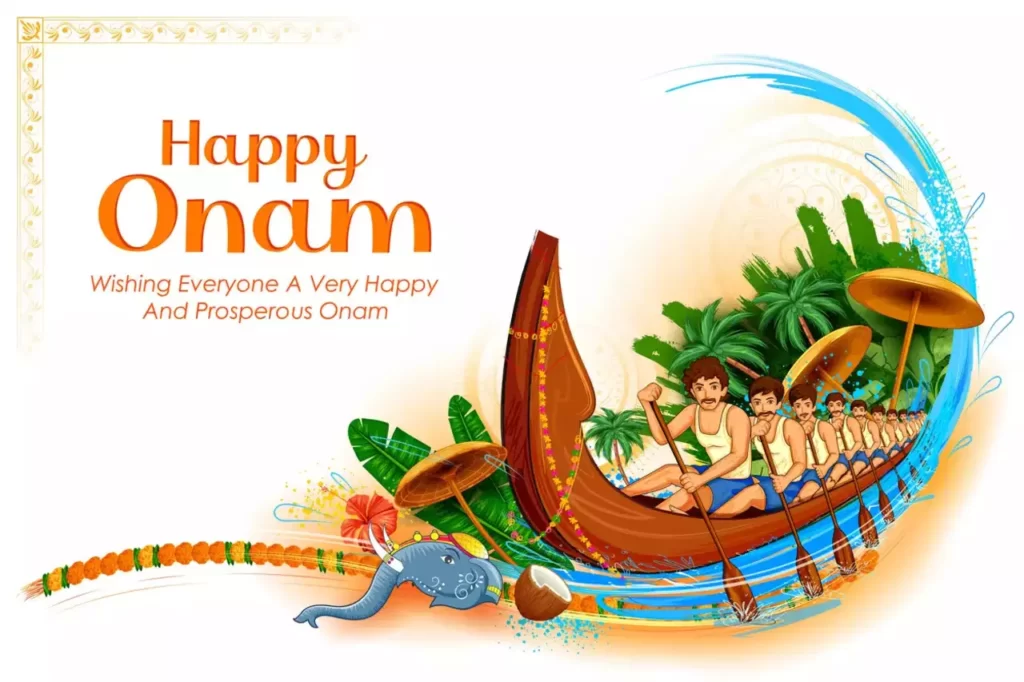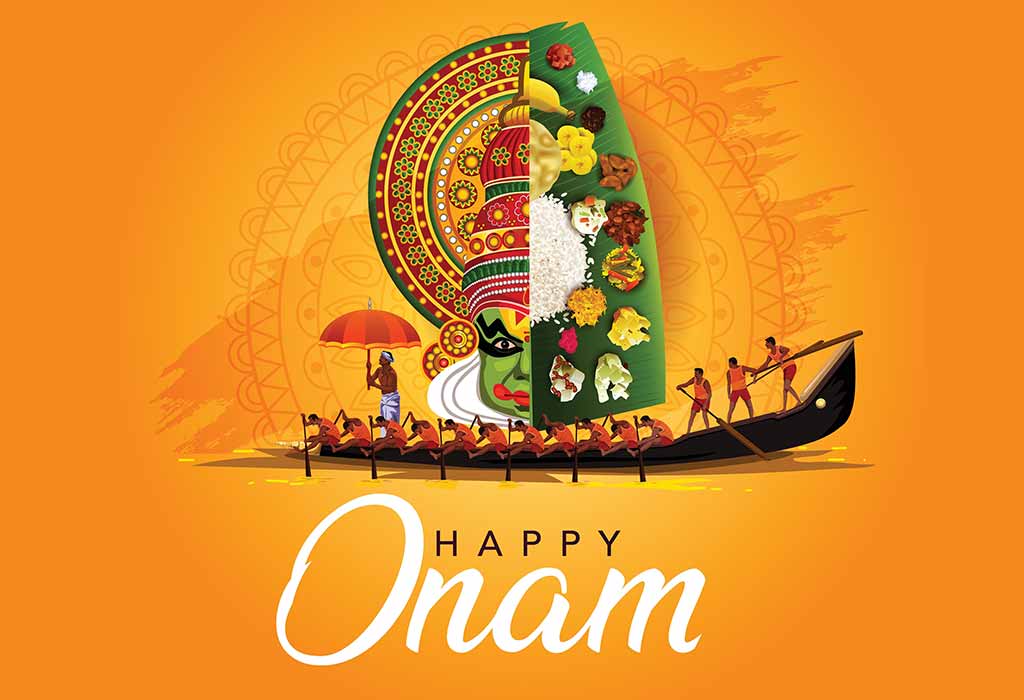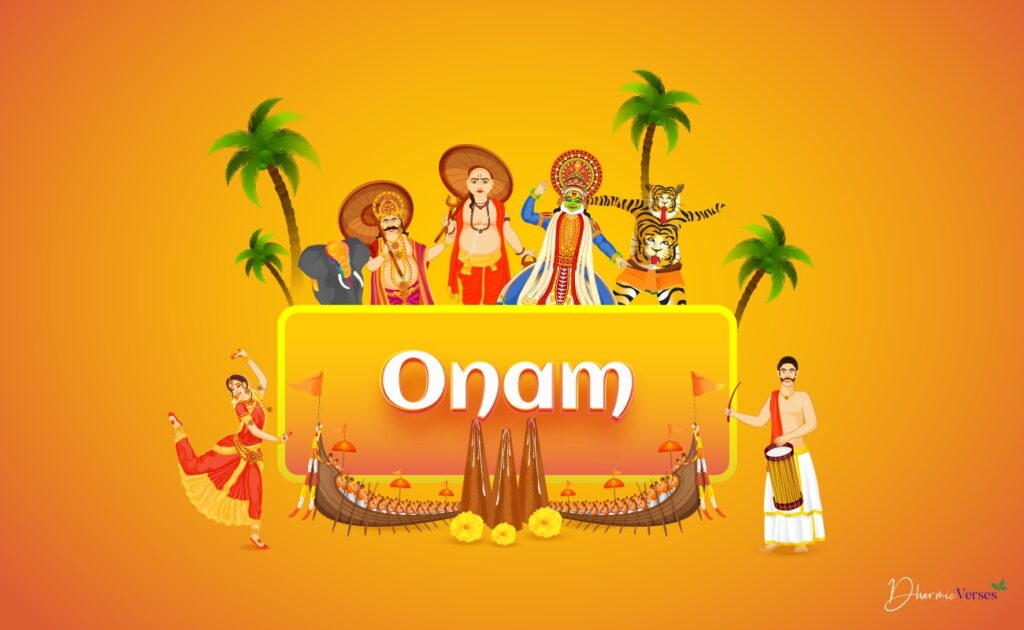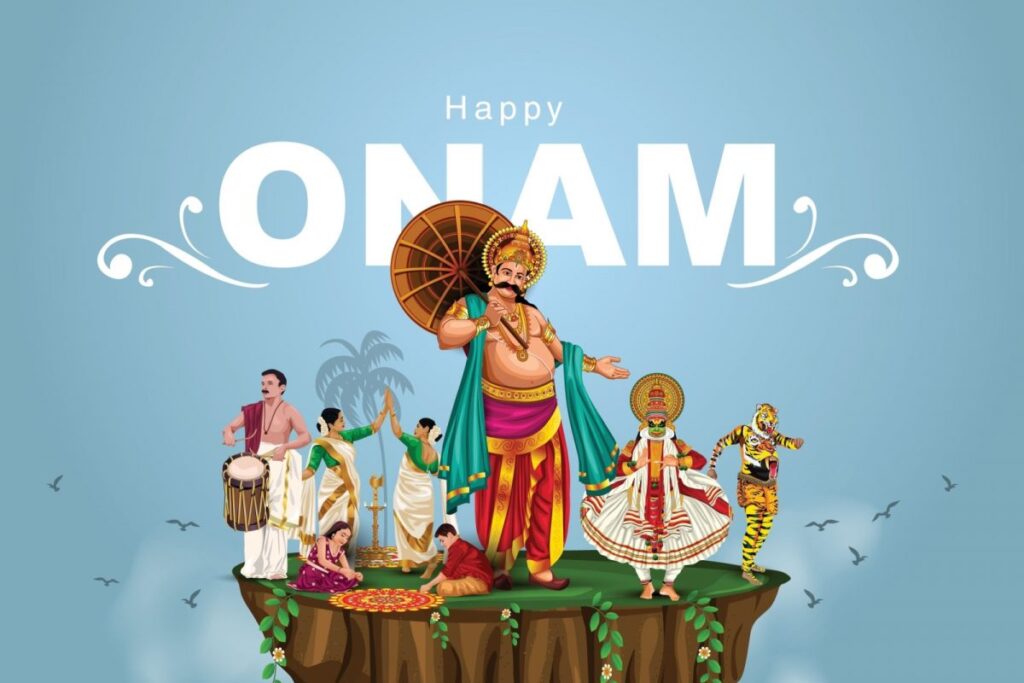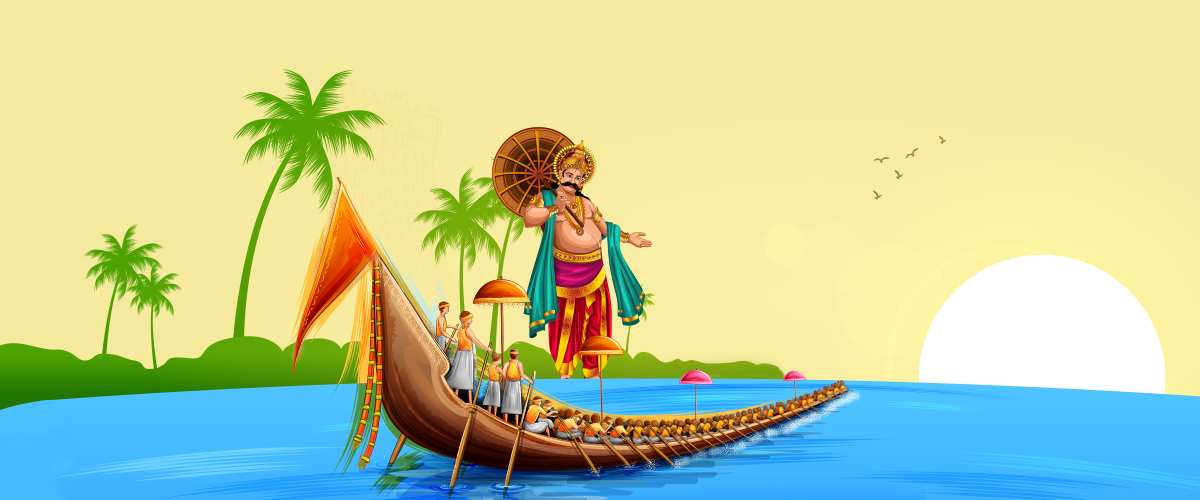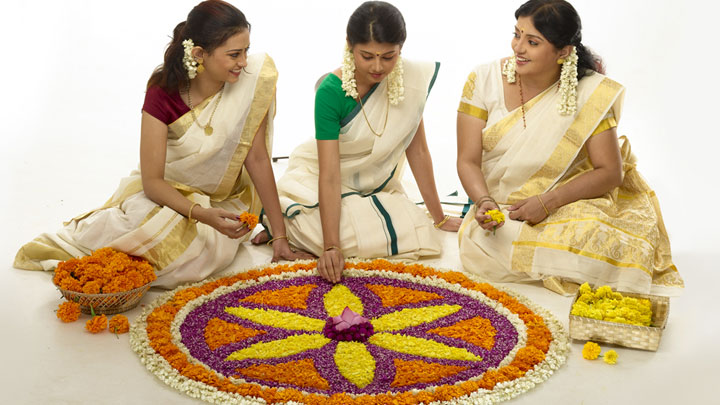
The state of Kerala in India is known for its rich cultural tapestry, vibrant festivals, and captivating traditions. Among the numerous festivals celebrated in the region, none are as eagerly anticipated and joyously embraced as Onam. This ancient festival, rooted in mythology and history, holds a special place in the hearts of Keralites, showcasing their unity, diversity, and unwavering cultural heritage. In this blog post, we delve into the enchanting world of Onam, exploring its significance, rituals, and the reasons why it is celebrated with such fervor.
Table of Contents
Historical Origins
Onam is celebrated annually in the Malayalam month of Chingam, which usually falls between August and September. The festival is steeped in Hindu mythology and is believed to commemorate the homecoming of the legendary King Mahabali, a just and benevolent ruler. According to popular legend, Mahabali was a demon king who ruled Kerala during a golden era of prosperity and equality. Impressed by his reign, the gods grew wary of his growing power and approached Lord Vishnu to restore balance. Lord Vishnu took the form of Vamana, a dwarf Brahmin, and requested land that could be covered in three strides. Mahabali, known for his generosity, offered his head for Vamana to step on, thereby humbling himself. As a gesture of gratitude, Vishnu granted Mahabali the boon of visiting his kingdom and subjects once a year. Onam is celebrated to welcome King Mahabali’s annual visit and to showcase the prosperity and unity of the land he once ruled.
Festival Preparations
Onam is celebrated over ten days, with each day holding unique rituals and activities. The most striking aspect of the festival is the creation of ‘Pookalam,’ intricate floral rangoli designs made with various types of flowers. These vibrant designs grace the entrances of homes and public spaces, showcasing the artistic prowess of the Keralites. Families clean and decorate their homes, adorn themselves in traditional attire, and engage in cultural performances like Kathakali, Thiruvathira Kali, and Vallamkali (boat races).
Feast of Unity
The Onam Sadya, a grand feast served on banana leaves, is one of the most anticipated aspects of the festival. It’s a culinary extravaganza comprising a variety of traditional vegetarian dishes, prepared with locally sourced ingredients. The feast symbolizes unity and equality, as people from all walks of life, regardless of caste or social status, come together to share this sumptuous meal. The elaborate spread typically includes rice, sambar, avial, thoran, pickle, payasam, and more. The communal dining experience captures the essence of Kerala’s culture of togetherness and hospitality.
Cultural Extravaganza
Onam celebrations also feature traditional games and art forms, such as the Vallamkali (boat races), Pulikali (tiger dance), and various cultural processions. These activities not only add to the festive atmosphere but also provide a platform to showcase Kerala’s cultural heritage to the world.
Conclusion
Onam is more than just a harvest festival; it’s a reflection of Kerala’s history, values, and the spirit of togetherness. The festival bridges the gap between past and present, uniting generations under the umbrella of shared traditions. Through its myriad rituals, art forms, and celebrations, Onam brings Keralites closer to their roots and helps them appreciate the cultural legacy that they proudly carry forward. So, as the scent of vibrant flowers fills the air and the echoes of traditional music and dance reverberate, Kerala dons its festive attire to welcome the great King Mahabali once again, reminding the world why Onam is celebrated with such enthusiasm and reverence.
Happy Onam Images
